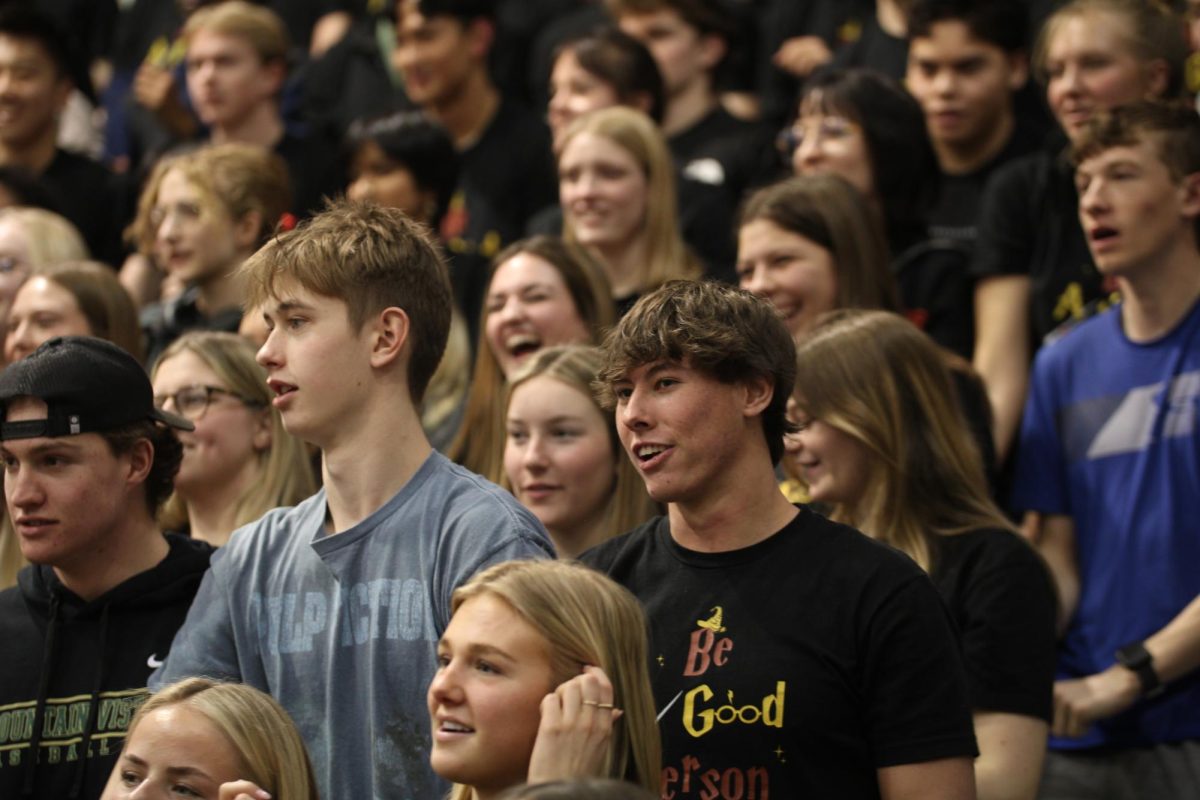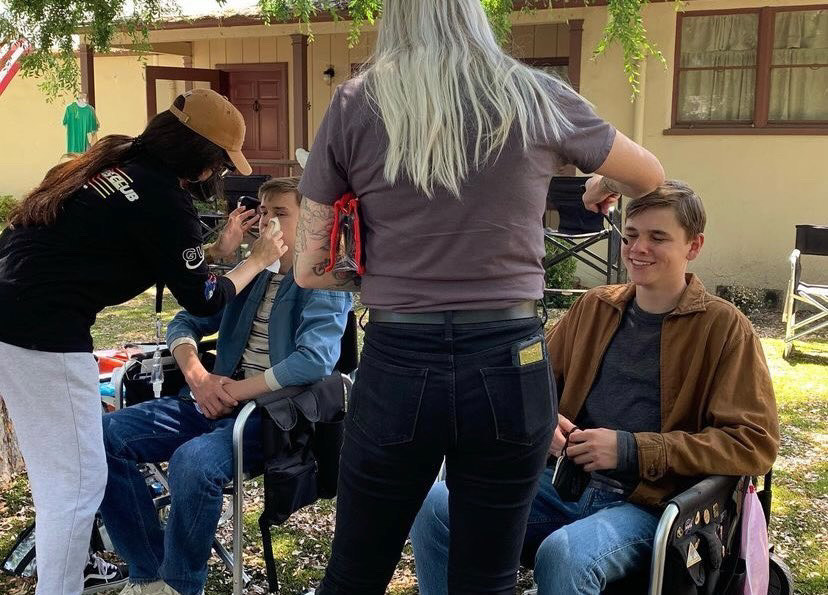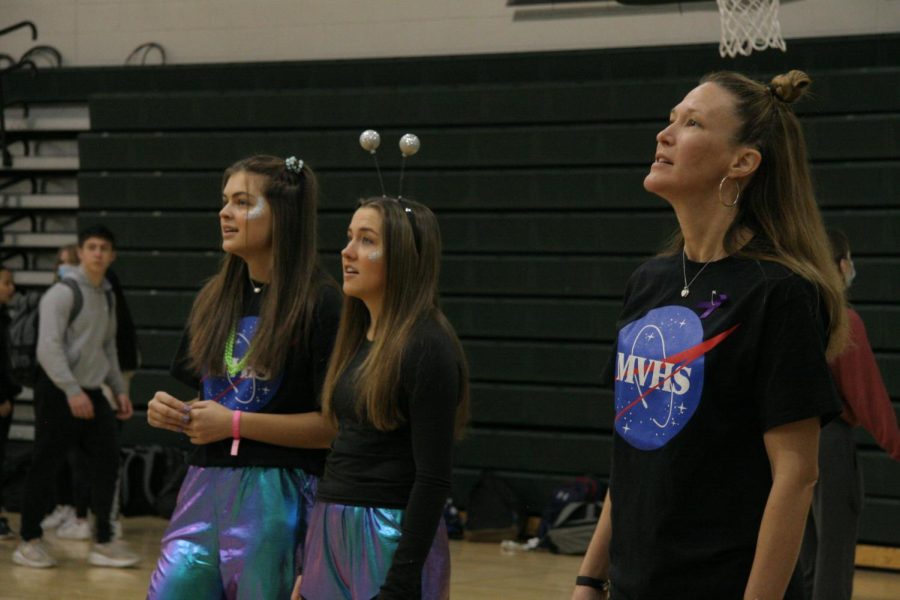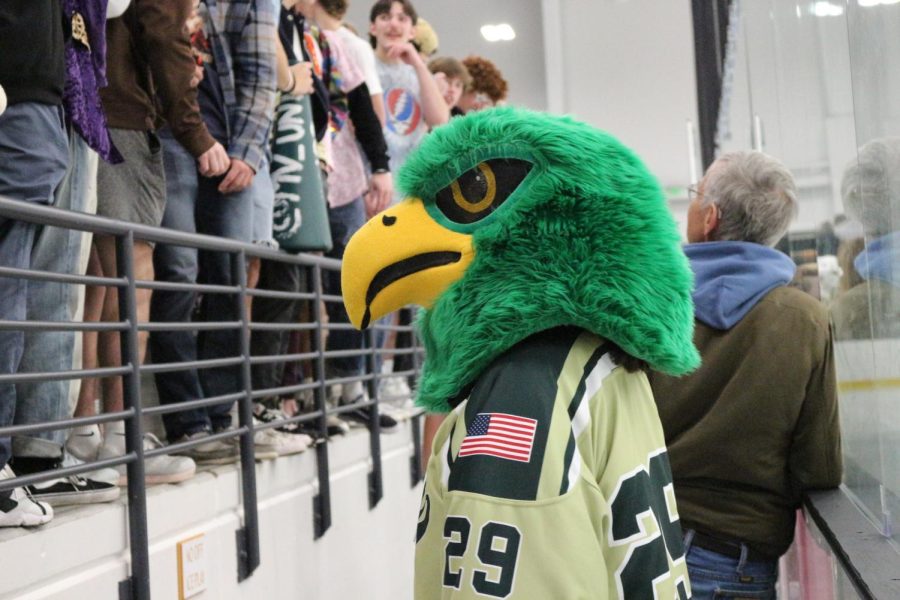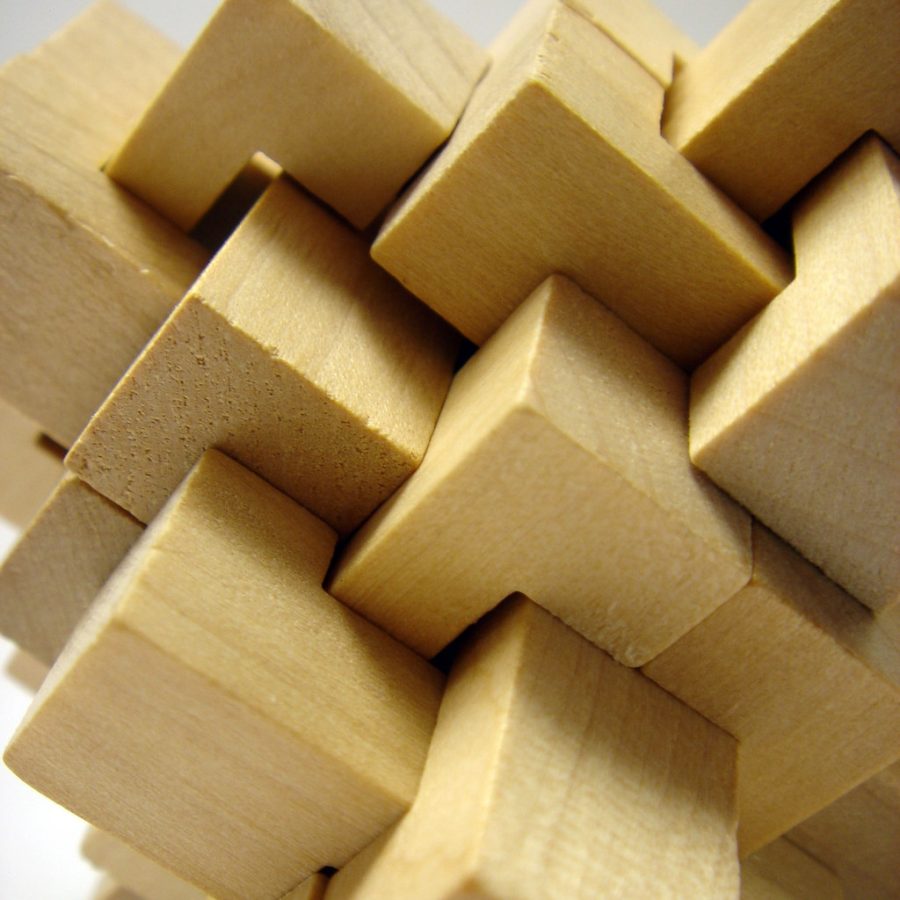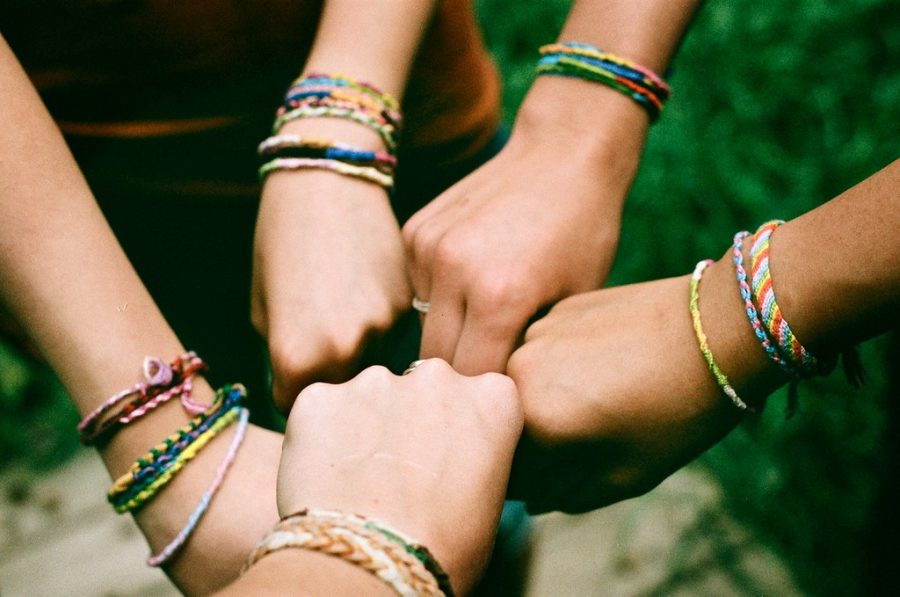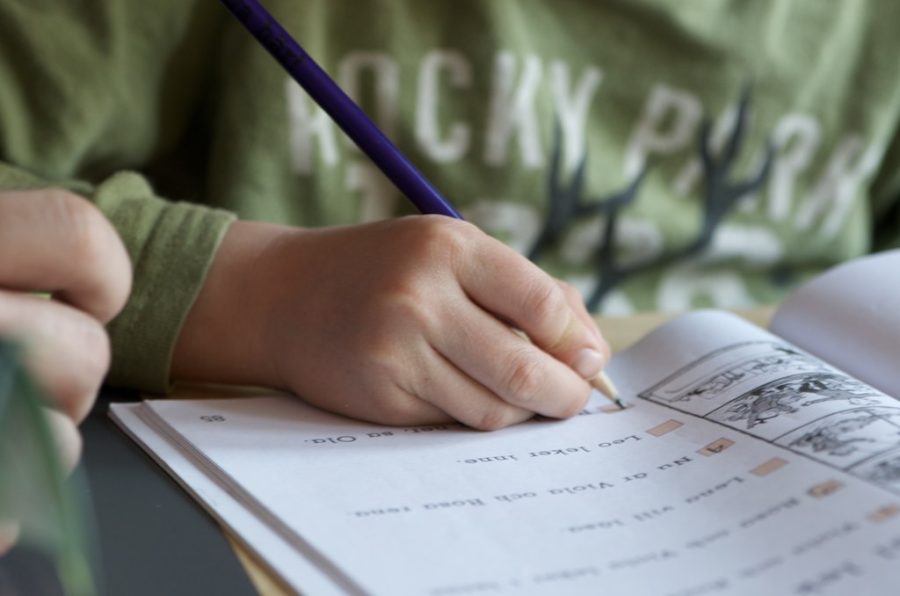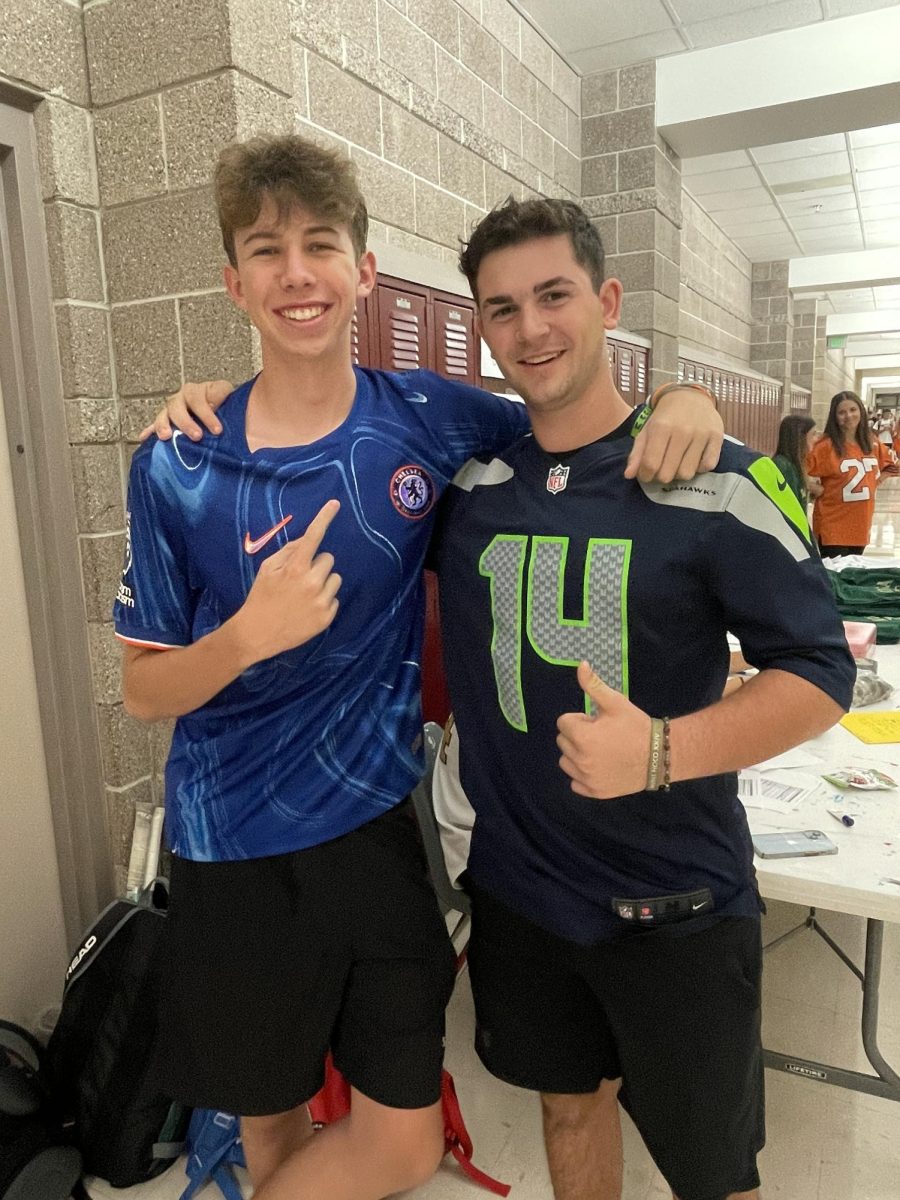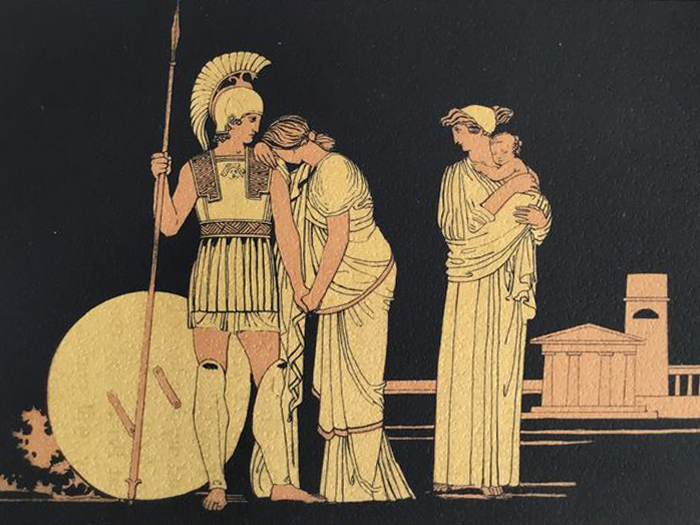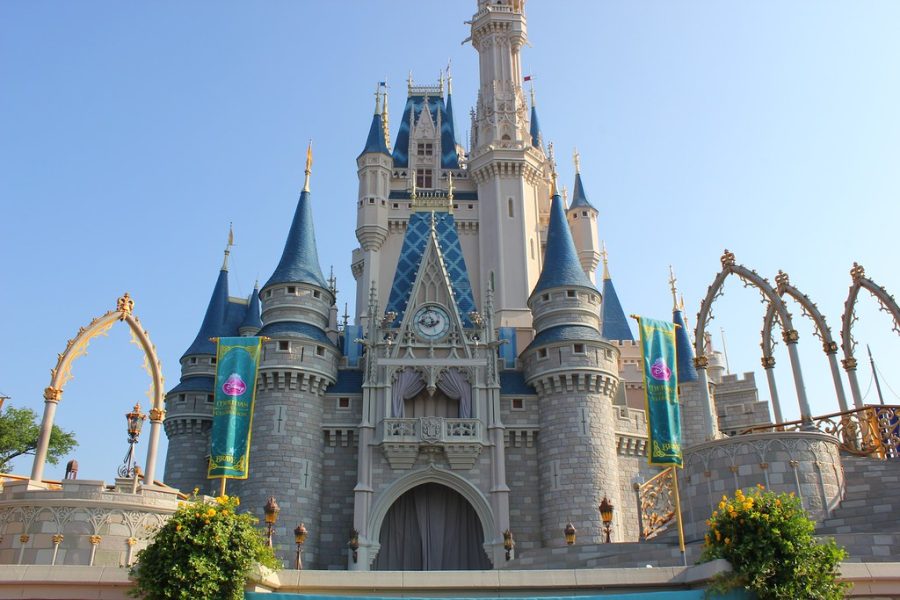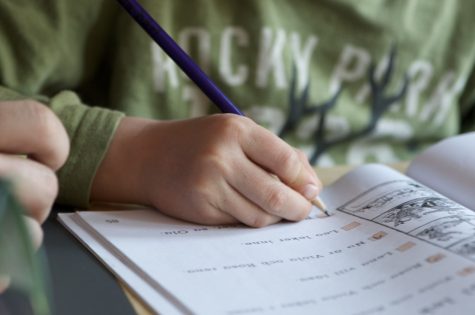Disney Princess and Beauty Standards in Children
Her eyes widen in awe as the golden script reading “Happily Ever After” fades off-screen. She knows what those words mean, yet she doesn’t know how to read them.
She stands up, presses the wrinkles out of her pink Princess Aurora dress, reaches for her Cinderella Barbie before running off to tell her mom about Snow White. At just four years of age, she briefly thinks she could never be pretty enough to be a princess.
The culture and ideas surrounding Disney Princess’ influence young girls’ body images via the use of marketing, and mass media.
Technology has made escaping media a difficult task.
In 2019, the average teenager spent 7 hours and 22 minutes a day looking at screens. It cannot be assumed that all of the teenagers consuming media focus around Disney Princesses, but escaping the thin-standard expected from women’s bodies is impossible. As media algorithms have started tailoring advertisements based on age and gender, just getting on a social app or website can lead to body dissatisfaction.
Teenage girls are the most affected by these ads. According to a study that analyzed eating disorders and media exposure, these ads can lead to an increased drive for achieving thinness. The subtle message is constant, feminine beauty is being physically underweight.
Younger kids, ages 4-10, don’t experience social media to the extent that teenagers do, but the subtle marketing and the hundreds of kids television shows easily substitute. It has been widely proven that children absorb the media, internalize it, and use it to understand the world around them. The media’s influence doesn’t stop but eventually consumes the child’s sense of reality. A study done on Thai kindergarteners provides evidence that 5 year old girls were more likely to believe in what a TV show tells them than what they are told at school.
Younger children are also subject to obscene marketing tactics. The Disney Princess Franchise sells over 26,000 products. From 2001 to 2009 the annual sales increased 1300% from 300 million to 4 billion. Similar to the content in social media and advertisements, these toys indirectly promote skinniness. However, the companies distributing these products don’t make an effort to create more inclusive dolls.
Avoiding princess culture and providing children shows that promote body positivity is possible, right? Wrong. Even shows designed to develop values unrelated to beauty eventually succumb to the marketability of princesses. Originally tom-boy-ish characters like Penelope in Wreck-it-Ralph and Dora end up as princesses. A 2004 episode of Dora the Explorer shows the adventurer turning into a “true princess.” While these characters look different from traditional princesses and have other unique skill sets, they ended up being grouped into the same princess category.
The large amount of princess media, whether it be marketing or television, has detrimental effects on young girls body image.


